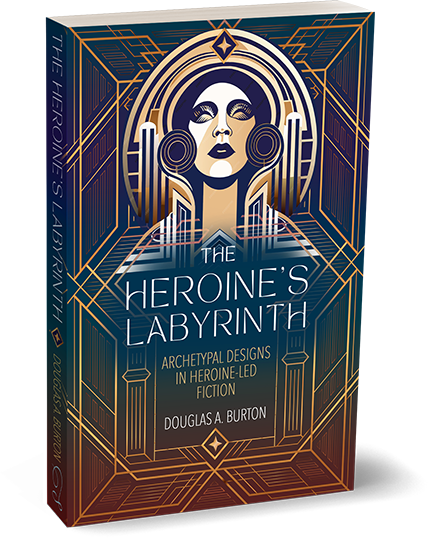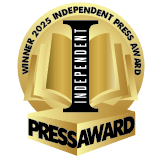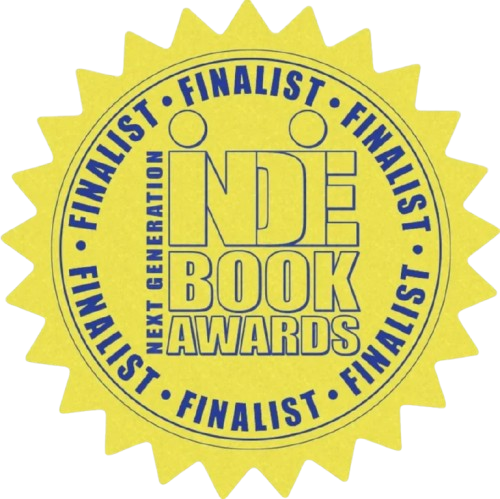What is the Heroine’s Labyrinth?
The Heroine’s Labyrinth is a narrative framework identified by Douglas A. Burton that offers an alternative to the traditional hero’s journey. The labyrinth model recognizes and honors the timeless patterns in stories with female protagonists.
Key Characteristics:
- A narrative construction that symbolizes a heroine’s inward journey and the subsequent conflicts within her own native culture.
- Encompasses a system of social pressures, rules, and expectations that often constrain the lead character.
- Presents a non-linear, flexible storytelling model.
- A series of archetypal events that forms a narrative arc across multiple genres and mediums.
Narrative Structure:
The Heroine’s Labyrinth typically lacks the “Departure” & “Return” of the hero’s journey. Instead, the labyrinth model features three unique storytelling acts:
- Enculturation: Introduces the core conflict between the heroine, her native culture, and the villain.
- Exploration: The heroine travels inward, gaining heroic partners, while uncovering hidden truths about her native culture.
- Rearrangement: The heroine confronts her native culture, overcomes the villain, and often reshuffles social norms in some way, big or small.
Click on the video to explore the first archetype…
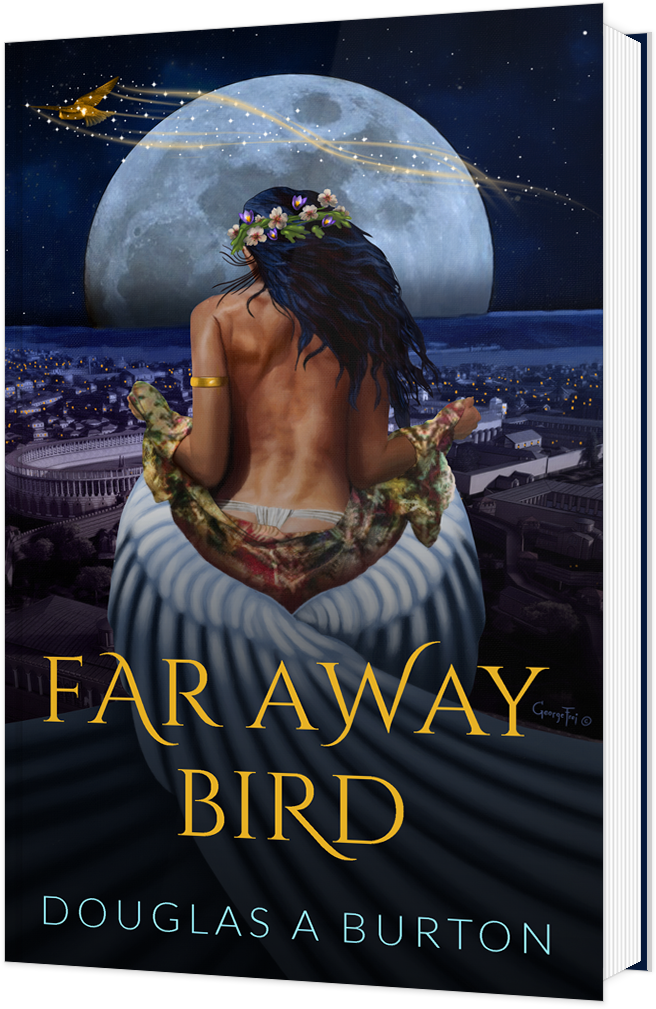
A novel of Byzantine Empress Theodora
Far Away Bird
Discover the novel that started it all!
Inspired by true events, Far Away Bird delves into the complex mind of Byzantine Empress Theodora. This intimate biographical account follows the extraordinary transformation of a poor young woman in a rigid medieval society. From the brothels to the bathhouses, from the theaters to the palaces, Theodora learns to let go of the people she loves most and embrace her own exploitation. But when Theodora finally chooses her own personal sovereignty, no matter the cost, her battle leads to an impossible destination–the throne of the empire.
Empress Theodora is one of the most misunderstood women of history. Far Away Bird immerses the reader into a corrupt underworld that history classrooms keep at arms-length. Theodora’s salacious past has been fertile grounds for historians to defame and diminish her stunning achievements as an empress. And while tales of shamelessness stick to Theodora like a scarlet letter, the story of her troubled youth reveals an all-too-human side to her place in history. Look closer. Far Away Bird reconciles one woman’s notorious past to the making of an empress.
AVAILABLE IN PAPERBACK & HARDCOVER
Cover art illustration by George Frei
ALSO AVAILABLE IN AUDIOBOOK
Narrated by Mary Sarah
Original Music by Luci Williams
Awards and Honors for Far Away Bird
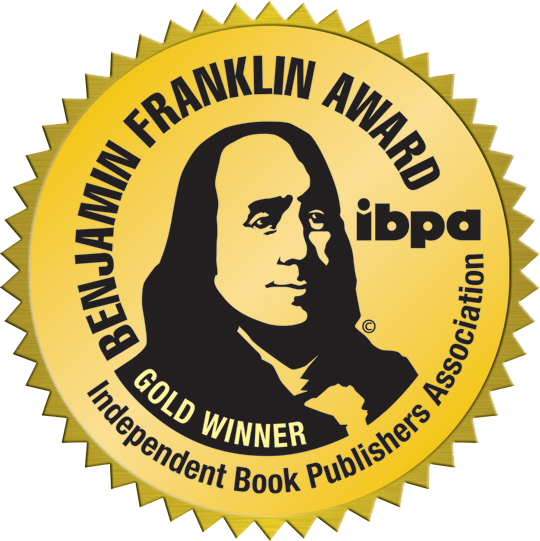
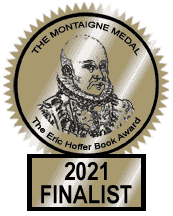
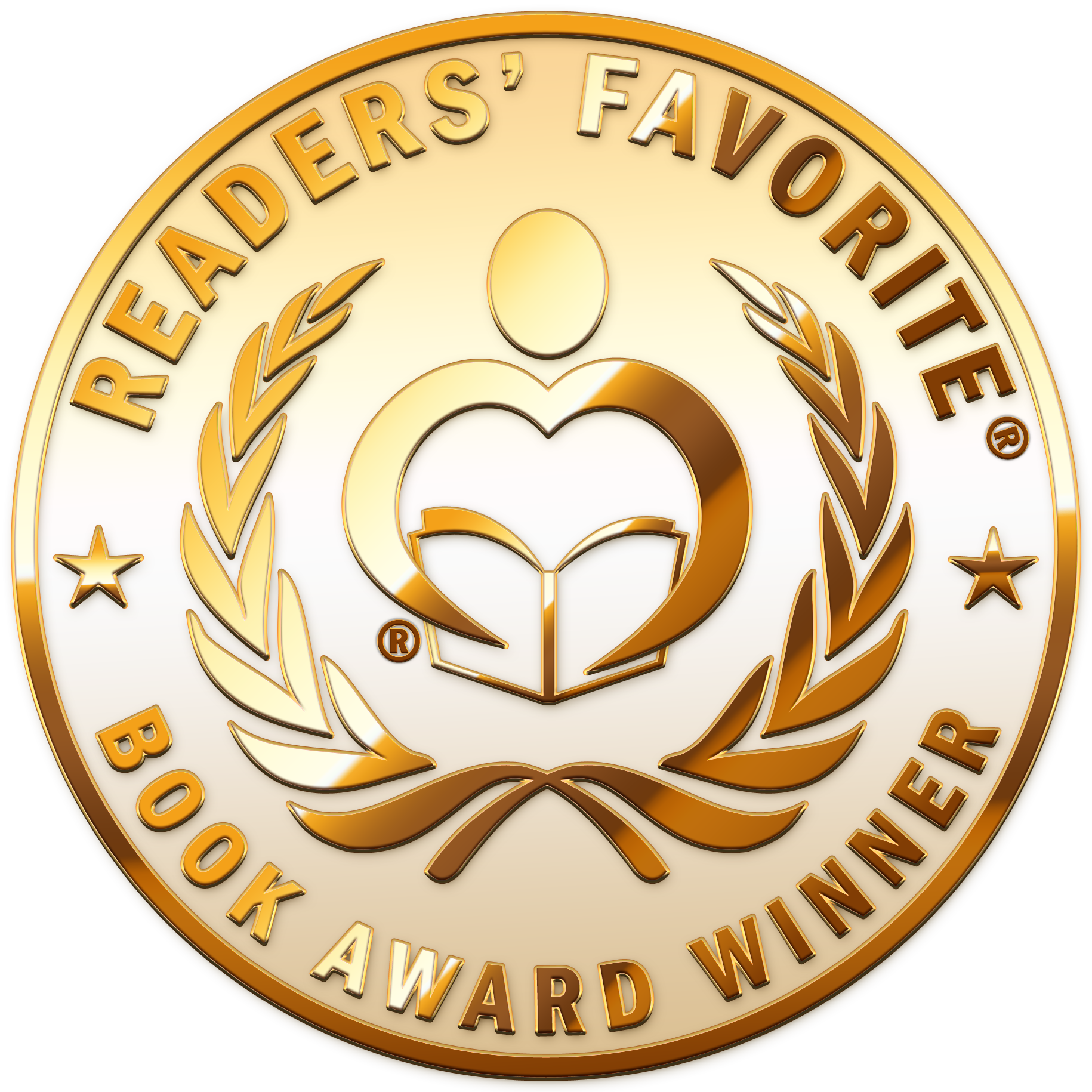
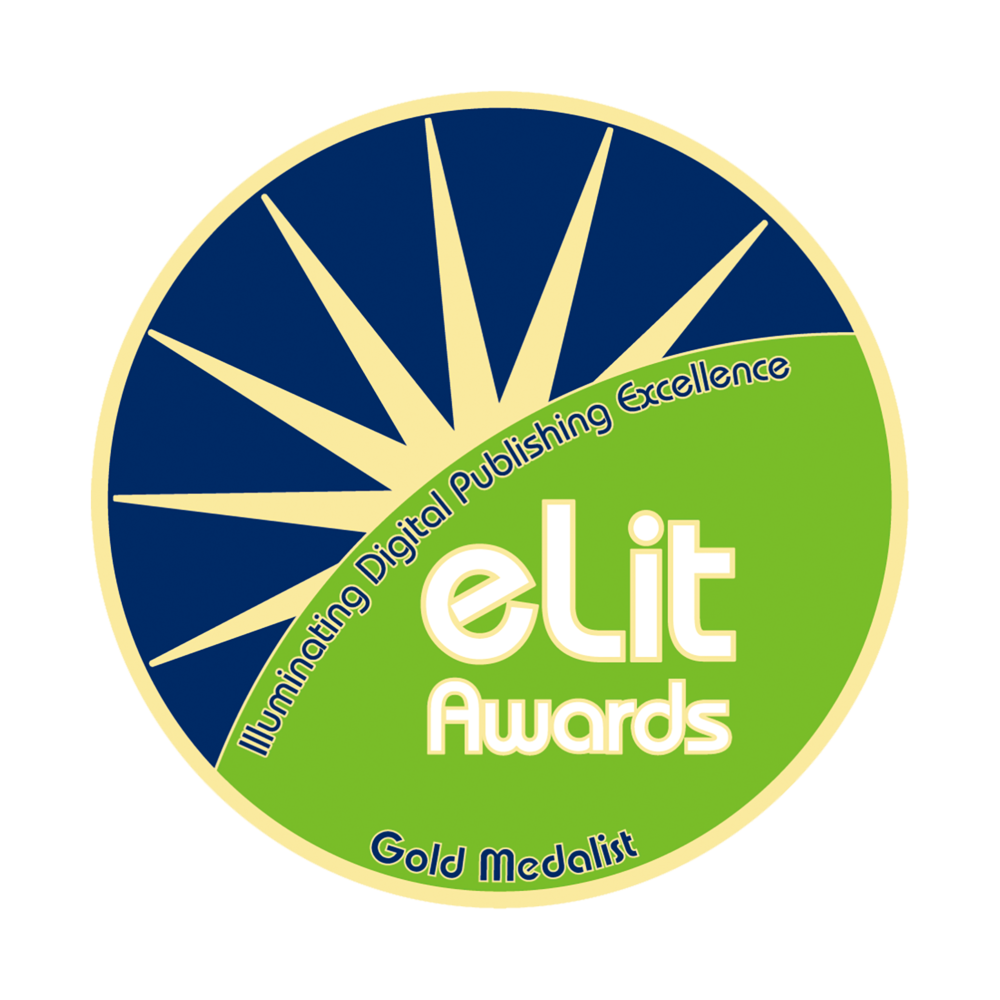
Who Am I?
You might be asking yourself, just who the heck is this guy? Good question. I’m Douglas A Burton—father, husband, novelist, creative writer, and avid reader. I discovered my passion for storytelling while watching the great films of the 1980s and 90s. I fell in love with the films of George Lucas, Steven Spielberg, James Cameron, Robert Zemeckis, John Milius, Nicholas Meyer, John Carpenter, Paul Verhoeven, and John Hughes. Sometime in 1998, I discovered the Hero’s Journey while visiting a Star Wars exhibit at the Museum of Science & Industry in Chicago. I bought a book in the gift shop called Star Wars: The Magic of Myth by Mary Henderson, which led me to Christopher Vogler’s The Writer’s Journey: Mythic Stricture for Writers and, eventually, The Hero with a Thousand Faces by Joseph Campbell.
I became obsessed.
The idea of secret but identifiable patterns in stories became something I studied in my spare time as if my life depended on it. I created an entire archive of movies that I mapped out in terms of their structure, patterns, and themes. Some stories mapped out perfectly with the hero’s journey, and some didn’t. By the 2000s, I had started the excellent habit of reading! I read an average of two books per month, devouring sci-fi, historical fiction, and consuming all the classics. Suddenly, in the jazz lounge of my imagination, Luke Skywalker, Neo, and Frodo were joined by Jane Eyre, Janie Crawford, and Nitta Sayuri. And like a high school mixer, these two groups of protagonists eyed each other with timid curiosity from across the room.
When the time came to study heroines in earnest, my voracious reading appetite led me to Maureen Murdock’s The Heroine’s Journey: A Woman’s Quest for Wholeness, Hannah B. Harvey’s The Art of Storytelling: From Parents to Professionals, Gail Carriger’s The Heroine’s Journey, Maria Tartar’s The Heroine with 1,001 Faces, and Clarissa Pinkola-Estes’ The Women Who Run with Wolves just to name a few. My passion for stories is still hot, so I doubt my studies will end there.
Today, I live in Austin, TX with my beautiful wife, Crystal, and my two amazing sons, Jacob and Lucas. We enjoy a steady diet of little league baseball, school plays, and of course, movie nights.

Being a writer is like having a box of 10,000 puzzle pieces but with each piece from a different puzzle. You then spend your entire life following an inborn directive to put the damn puzzle together. This goes on no matter how old you get nor how complex your life becomes.
What Heroic Personality Type are YOU?


Which heroine are you?
Plus, you’ll get updates from Doug about heroic figures in general and heroic women in particular.
*Results based on the Myers-Briggs personality type indicator.
